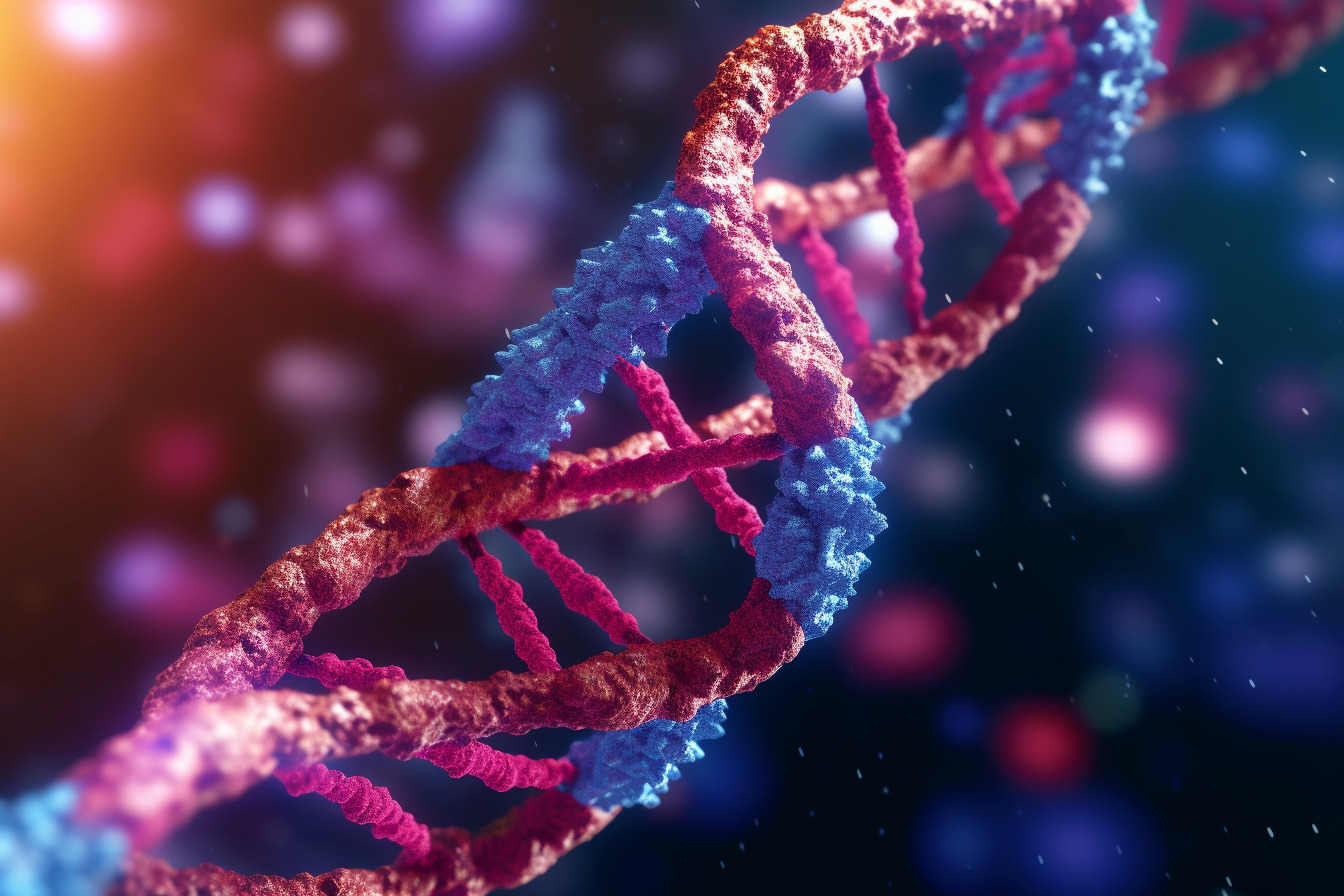
Nucleic acids are the building blocks of life, essential for storing and transmitting genetic information. But what exactly are they? Nucleic acids include DNA (deoxyribonucleic acid) and RNA (ribonucleic acid), both crucial for various biological processes. DNA holds the genetic blueprint, while RNA translates this information to produce proteins. These molecules are found in every living organism, from the tiniest bacteria to the largest whales. Understanding nucleic acids helps us grasp how traits are inherited, how cells function, and even how diseases develop. Dive into these 30 fascinating facts about nucleic acids to uncover their secrets and marvel at the complexity of life.
Key Takeaways:
- Nucleic acids, like DNA and RNA, are essential for life, storing genetic information and helping make proteins. They have a unique structure and play crucial roles in genetics and modern science.
- Scientists have made amazing discoveries about nucleic acids, from their structure to their applications in genetic engineering and disease treatment. They continue to unlock the secrets of life and revolutionize science.
What Are Nucleic Acids?
Nucleic acids are essential molecules found in all living organisms. They carry genetic information and play a crucial role in the synthesis of proteins. Let's dive into some fascinating facts about these vital compounds.
- Nucleic acids include DNA (deoxyribonucleic acid) and RNA (ribonucleic acid).
- DNA stores genetic information, while RNA translates that information into proteins.
- Both DNA and RNA are made up of smaller units called nucleotides.
- Each nucleotide consists of a sugar, a phosphate group, and a nitrogenous base.
- The sugar in DNA is deoxyribose, whereas RNA contains ribose.
Structure of Nucleic Acids
Understanding the structure of nucleic acids helps explain how they function. Their unique formations allow them to store and transmit genetic information efficiently.
- DNA is a double helix, resembling a twisted ladder.
- RNA is typically single-stranded but can form complex structures.
- The nitrogenous bases in DNA are adenine (A), thymine (T), cytosine (C), and guanine (G).
- In RNA, thymine is replaced by uracil (U).
- Adenine pairs with thymine (or uracil in RNA), and cytosine pairs with guanine.
Functions of Nucleic Acids
Nucleic acids are not just structural marvels; they perform critical functions in living organisms. Their roles are indispensable for life.
- DNA replication ensures genetic information is passed to new cells.
- RNA plays a key role in protein synthesis through transcription and translation.
- Messenger RNA (mRNA) carries genetic information from DNA to ribosomes.
- Transfer RNA (tRNA) brings amino acids to ribosomes during protein synthesis.
- Ribosomal RNA (rRNA) forms the core of ribosomes, where proteins are made.
Discovery and History
The journey of discovering nucleic acids has been filled with groundbreaking research and remarkable scientists. Their contributions have shaped our understanding of genetics.
- Friedrich Miescher discovered nucleic acids in 1869.
- James Watson and Francis Crick proposed the double helix structure of DNA in 1953.
- Rosalind Franklin's X-ray diffraction images were crucial for understanding DNA's structure.
- The Human Genome Project, completed in 2003, mapped all human DNA.
- CRISPR technology, discovered in the 21st century, allows precise editing of DNA.
Nucleic Acids in Modern Science
Nucleic acids continue to be at the forefront of scientific research. Their applications are vast and impactful, influencing various fields.
- Genetic engineering uses nucleic acids to modify organisms' DNA.
- PCR (polymerase chain reaction) amplifies DNA for research and medical diagnostics.
- DNA sequencing helps identify genetic disorders and ancestry.
- RNA interference (RNAi) can silence specific genes, aiding in disease treatment.
- Synthetic biology uses nucleic acids to create new biological parts and systems.
Interesting Tidbits
Nucleic acids have some lesser-known, yet intriguing aspects. These facts highlight their versatility and importance beyond basic biology.
- Viruses can have either DNA or RNA as their genetic material.
- Mitochondria and chloroplasts have their own DNA, separate from the cell's nuclear DNA.
- Telomeres, the ends of chromosomes, protect DNA from damage during cell division.
- Epigenetics studies how chemical modifications to DNA affect gene expression without changing the sequence.
- DNA can be used in nanotechnology to create tiny machines and structures.
The Power of Nucleic Acids
Nucleic acids are the building blocks of life. DNA and RNA hold the instructions for every living organism. They play a crucial role in genetics, heredity, and cellular function. Without them, life as we know it wouldn't exist. Understanding nucleic acids helps us grasp how traits are passed down, how cells function, and even how diseases can be treated or prevented.
From the double helix structure of DNA to the single-stranded RNA, these molecules are fascinating. They not only store genetic information but also help in protein synthesis. Scientists continue to study nucleic acids to unlock more secrets about life and health.
In short, nucleic acids are essential for life. Their study has led to groundbreaking discoveries in medicine and biology. Keep learning about them, and you'll uncover even more amazing facts about the tiny molecules that make life possible.
Frequently Asked Questions
Was this page helpful?
Our commitment to delivering trustworthy and engaging content is at the heart of what we do. Each fact on our site is contributed by real users like you, bringing a wealth of diverse insights and information. To ensure the highest standards of accuracy and reliability, our dedicated editors meticulously review each submission. This process guarantees that the facts we share are not only fascinating but also credible. Trust in our commitment to quality and authenticity as you explore and learn with us.
